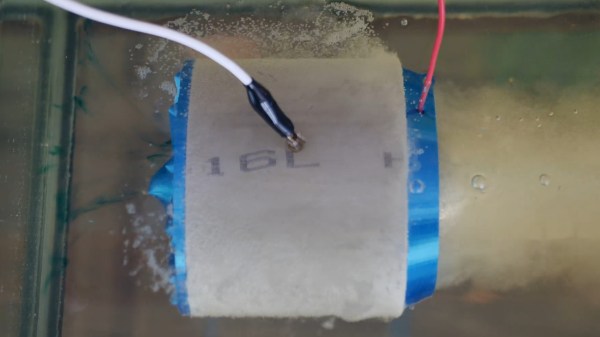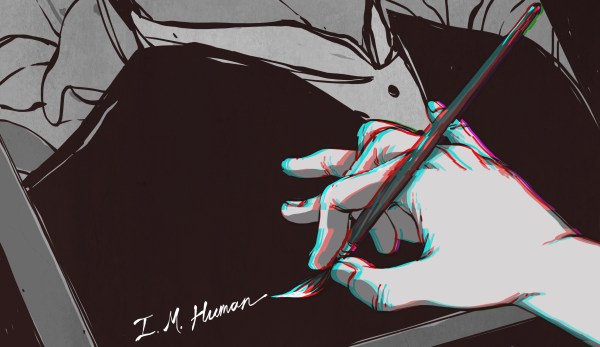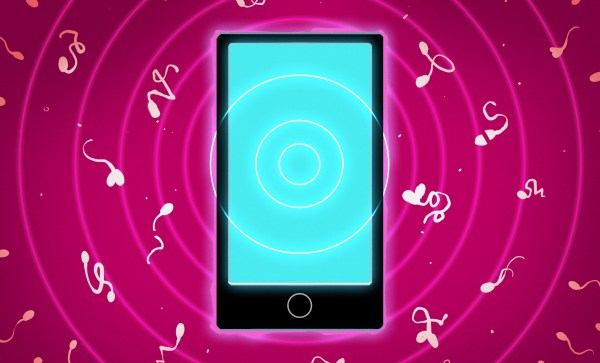It’s the week after Thanksgiving (for some of us) and if you’re sick of leftovers, you’re in luck as Elliot and Dan get together to discuss the freshest and best inter-holiday hacks. We’ll cue up the “Mission: Impossible” theme for a self-destructing flash drive with a surprising sense of self-preservation, listen in on ET only to find out it’s just a meteor, and look for interesting things to do with an old 3D printer. We’ll do a poking around a little in the basement at Tektronix, see how easy it is to spoof biometric security, and get into a love-hate relationship with both binary G-code and bowling balls with strings attached. What do you do with a box full of 18650s? Easy — make a huge PCB to balance them the slow way. Is your cell phone causing a population crisis? Is art real or AI? And what the heck is a cannibal CME? Tune in as we dive into all this and more.
Check out the links below if you want to follow along, and as always, tell us what you think about this episode in the comments!
Grab a copy for yourself if you want to listen offline.



















